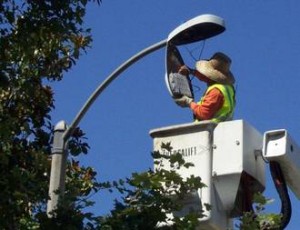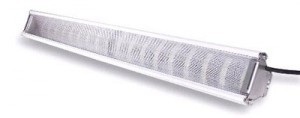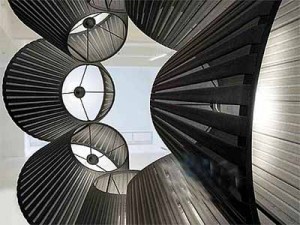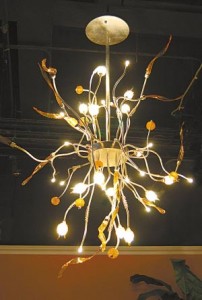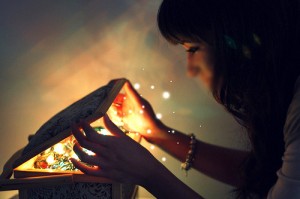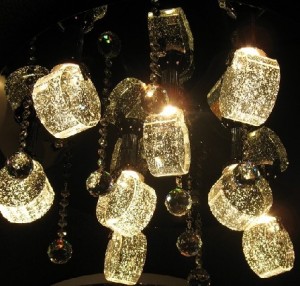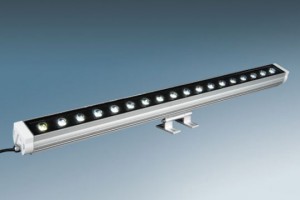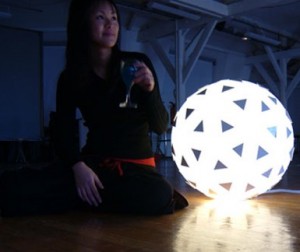LED lighting is recognized as the next generation of green and low power consumption lighting technology. Single view from the luminous efficiency, LED light now has to reach and exceed the level of conventional light sources, but due to the expensive cost, they are still blocked in the popularity of LED lighting. As far as I think, wired led bulb cost problem is from the LED heat sink.
Street lights, long working hours, is considered to be the first choice for LED lighting applications. After the Chinese Government’s actively promoting, the total number of applications of LED street light in China now is leading the world. But the light fades, black lamp failure is widespread, and several hundred million RMB boondoggle. The cruel results of LED street (wired led bulb) show that: LED light source and power dissipation are still the problems which is not resolved. As we all know, LED cooling temperature and power are not very high, belonging to the room temperature heat transfer, heat transfer and talk, the LED heat dissipation is not complicated, involving only a very small part of the heat transfer. The thermal conductivity of heat transfer can use off-the-shelf heat transfer calculation software, a very accurate solution.
Leading to simple LED heat problem is complicated, has not been solved: the knowledge gaps, with the rich heat transfer of knowledge and proven technology personnel. To participate in the study of LED heat (wired led bulb) poorly, it will cause hundreds of years of human mature transfer knowledge and technology is not introduced into the field of LED heat. Popular in the electronics cooling industry, active cooling, passive cooling, there is no such
terminology in the heat transfer. Only in respect of these terms, we can conclude: in the LED High Bay industry within today’s popular “Heat Transfer” (electronic cooling industry) does not originate from nearly a hundred years old, very mature of heat transfer, but start all over again, by a non- heat transfer to build.
This fundamental basic knowledge of heat transfer is a very important concept, not to be, a focus on industry in general.
This article will focus on heat transfer, cooling to analyze the progress of LED street tragic reasons for the technical level.

